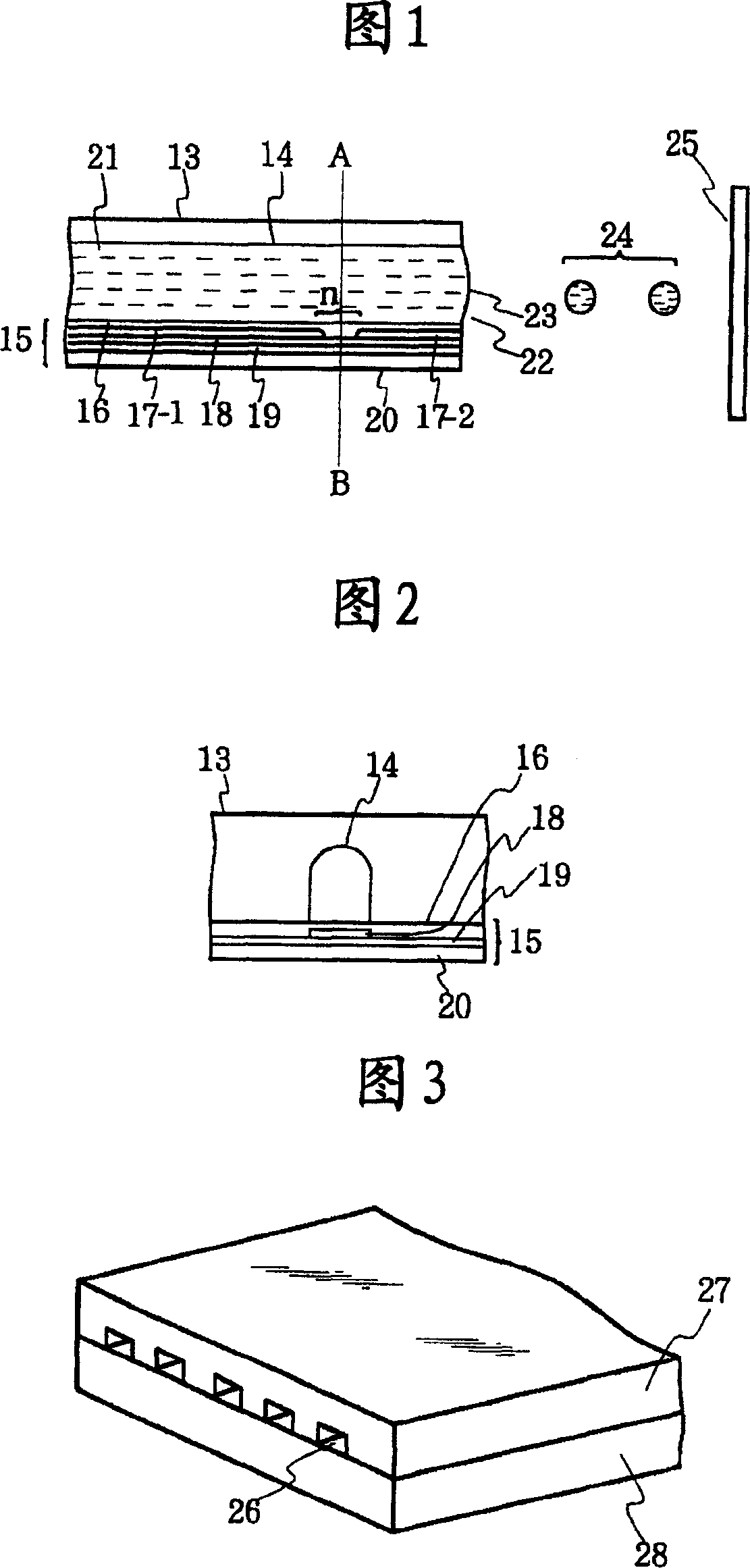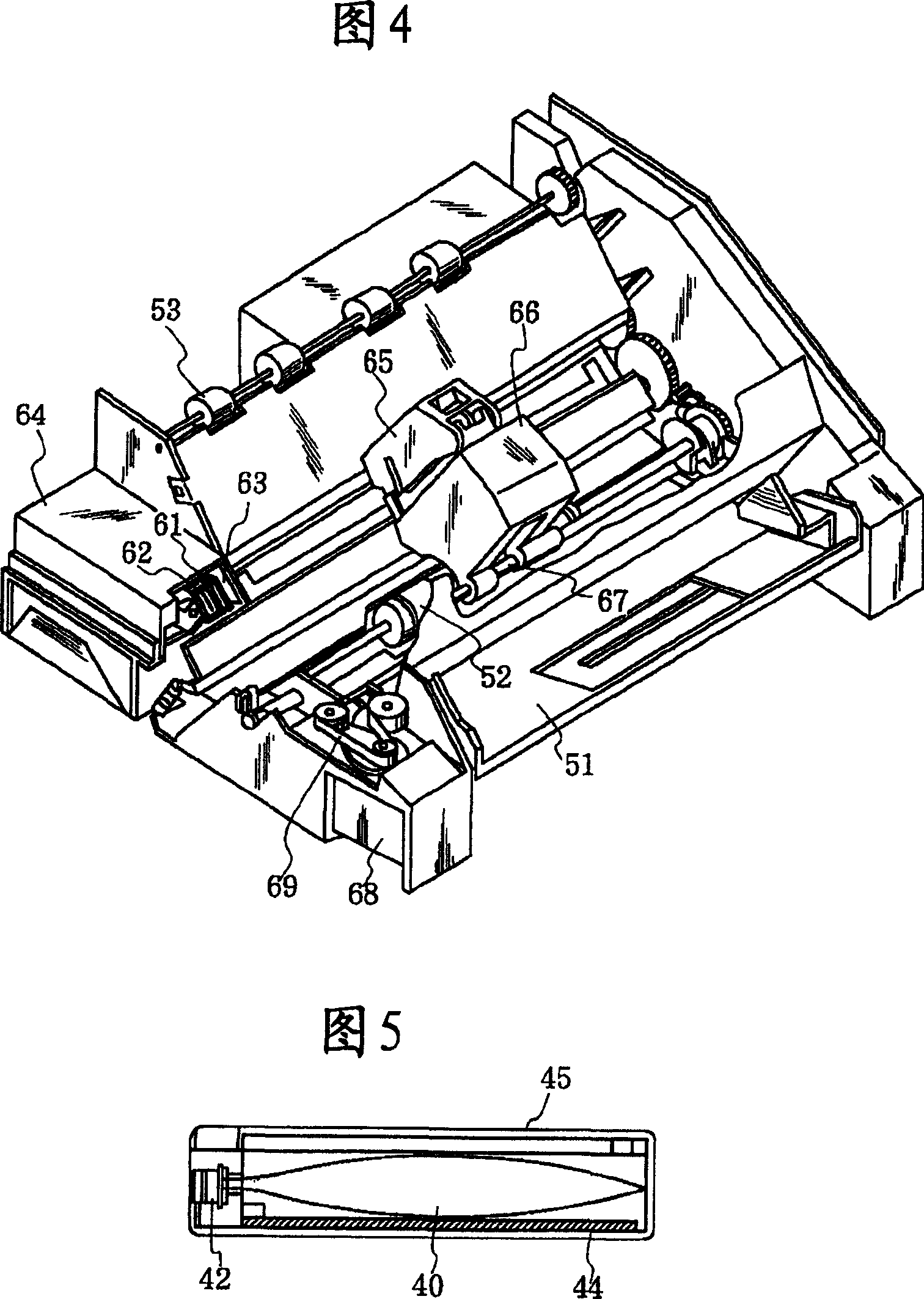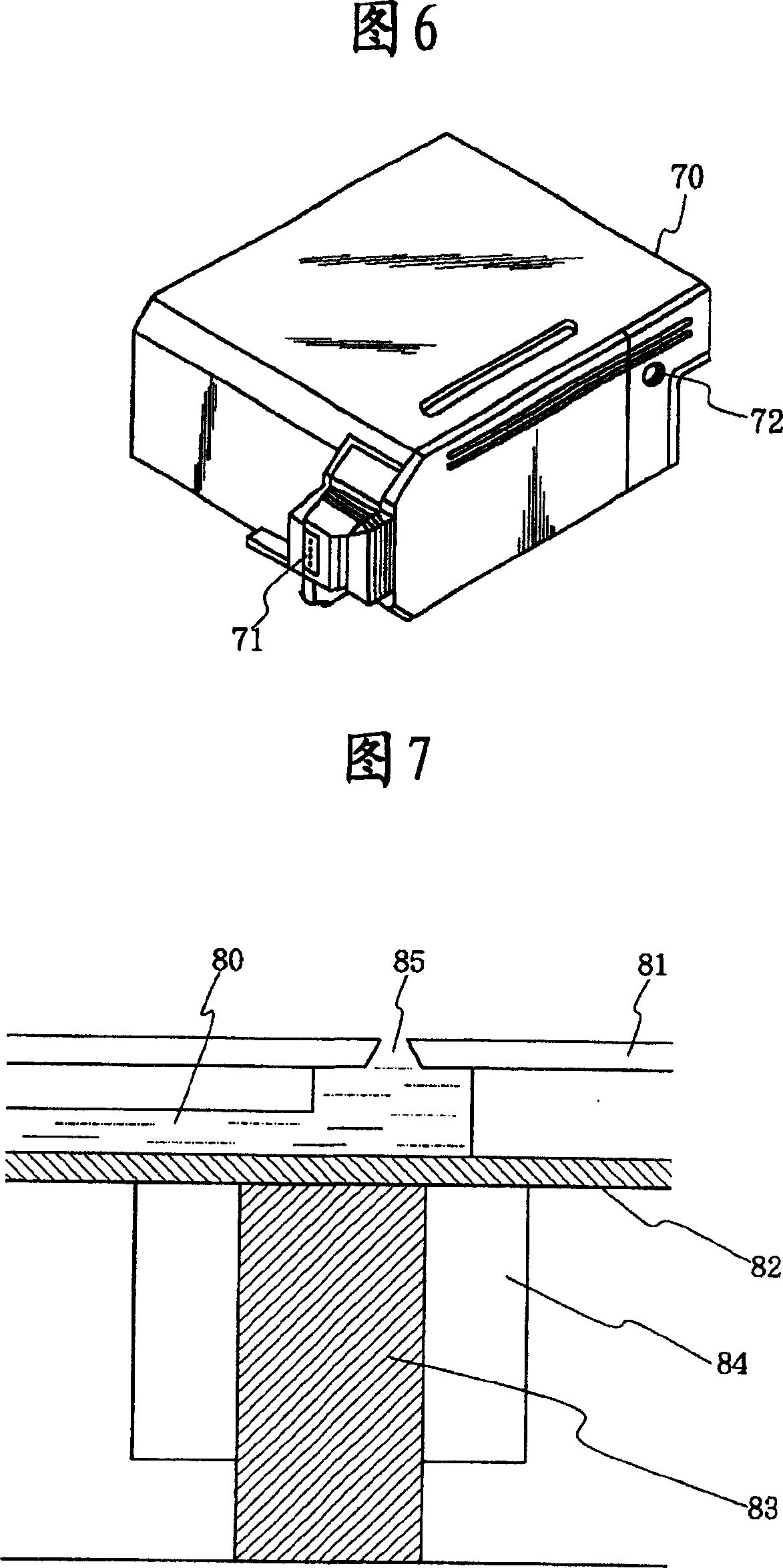Water-based ink, ink jet recording method, ink cartridge, recording unit, ink jet recording apparatus, and image forming method
An inkjet recording method and water-based ink technology, which can be applied to ink, printing, household appliances, etc., can solve the problems of increasing the amount of ink imparted, insufficient area and area coefficient, and insufficient image density.
- Summary
- Abstract
- Description
- Claims
- Application Information
AI Technical Summary
Problems solved by technology
Method used
Image
Examples
Embodiment 1~5
[0237] Using each of the water-soluble organic solvents and pigment dispersions 1 to 3 prepared above, mix the ingredients listed in Table 2, stir well to dissolve or disperse, and pressurize in a micron filter (manufactured by Fuji Film) with a pore size of 3.0 μm. Filtrate, prepare the printing ink of embodiment 1~5. At this time, when the total weight (weight %) of the good solvent in the ink is A, and the total weight (weight %) of the poor solvent in the ink is B, the ratio of A:B is 10:5 or more and 10:30 or less. In addition, when comparing the respective Ka values of a plurality of water-soluble organic solvents obtained by the Bristow method with respect to the Ka value of the 20% aqueous solution of the above-mentioned good solvent of the water-insoluble colorant obtained by the Bristow method, the preparation The water-soluble organic solvent with the largest Ka value is a poor solvent.
[0238] Table 2: The ink composition of embodiment 1~5
[0239] ...
Embodiment 4
[0241]
[0242] Regarding the ink of Example 4 prepared above, its composition was assumed to be unknown, and it was verified that the ink was an object of the present invention by the following method. According to the verification method, even if the ink has an unknown composition, it can be confirmed whether or not the ink is the object of the present invention.
[0243] The type and amount of the organic solvent contained in the ink are used, for example, by GC / MS (trade name: TRACE DSQ; manufactured by ThermoQuest Corporation). Specifically, for example, 1 g of the ink of Example 4 was fractionated, and a sample diluted with methanol was analyzed by the above-mentioned GC / MS. As a result, the presence of glycerin, diethylene glycol, and polyethylene glycol 600 was first confirmed. Next, it is necessary to judge whether these three solvents are good solvents or poor solvents. Using the method for judging good solvents and poor solvents above, prepare a dispersion that ...
Embodiment 7~16
[0323] As the black ink, the above-mentioned inks of Examples 1 to 5 were used together with color inks for image formation. The color inks used at this time were formulated as follows.
[0324] (production of cyan ink)
[0325] The components shown below were mixed and stirred sufficiently to dissolve them, and filtered under pressure on a micron filter (manufactured by Fuji Film) with a pore size of 0.2 μm to prepare a cyan ink.
[0326] · DBL (Direct Blue) 199 3.5 parts
[0327] ·7.5 parts of glycerol
[0328] 7.5 parts of diethylene glycol
[0329] ·Ethynyl alcohol E-100 1.0 parts
[0330] ·80.5 parts of pure water
[0331] (Magenta ink production)
[0332] The red ink was prepared in the same way as the cyan ink according to the following ingredients.
[0333] · AR (acid red) 289 2.5 parts
[0334] ·7.5 parts of glycerol
[0335] 7.5 parts of diethylene glycol
[0336] ·Ethynyl alcohol E-100 1.0 parts
[0337] ·81.5 parts of pure water
[0338] (production of ...
PUM
| Property | Measurement | Unit |
|---|---|---|
| particle size | aaaaa | aaaaa |
| viscosity | aaaaa | aaaaa |
| surface tension | aaaaa | aaaaa |
Abstract
Description
Claims
Application Information
 Login to View More
Login to View More - R&D
- Intellectual Property
- Life Sciences
- Materials
- Tech Scout
- Unparalleled Data Quality
- Higher Quality Content
- 60% Fewer Hallucinations
Browse by: Latest US Patents, China's latest patents, Technical Efficacy Thesaurus, Application Domain, Technology Topic, Popular Technical Reports.
© 2025 PatSnap. All rights reserved.Legal|Privacy policy|Modern Slavery Act Transparency Statement|Sitemap|About US| Contact US: help@patsnap.com



